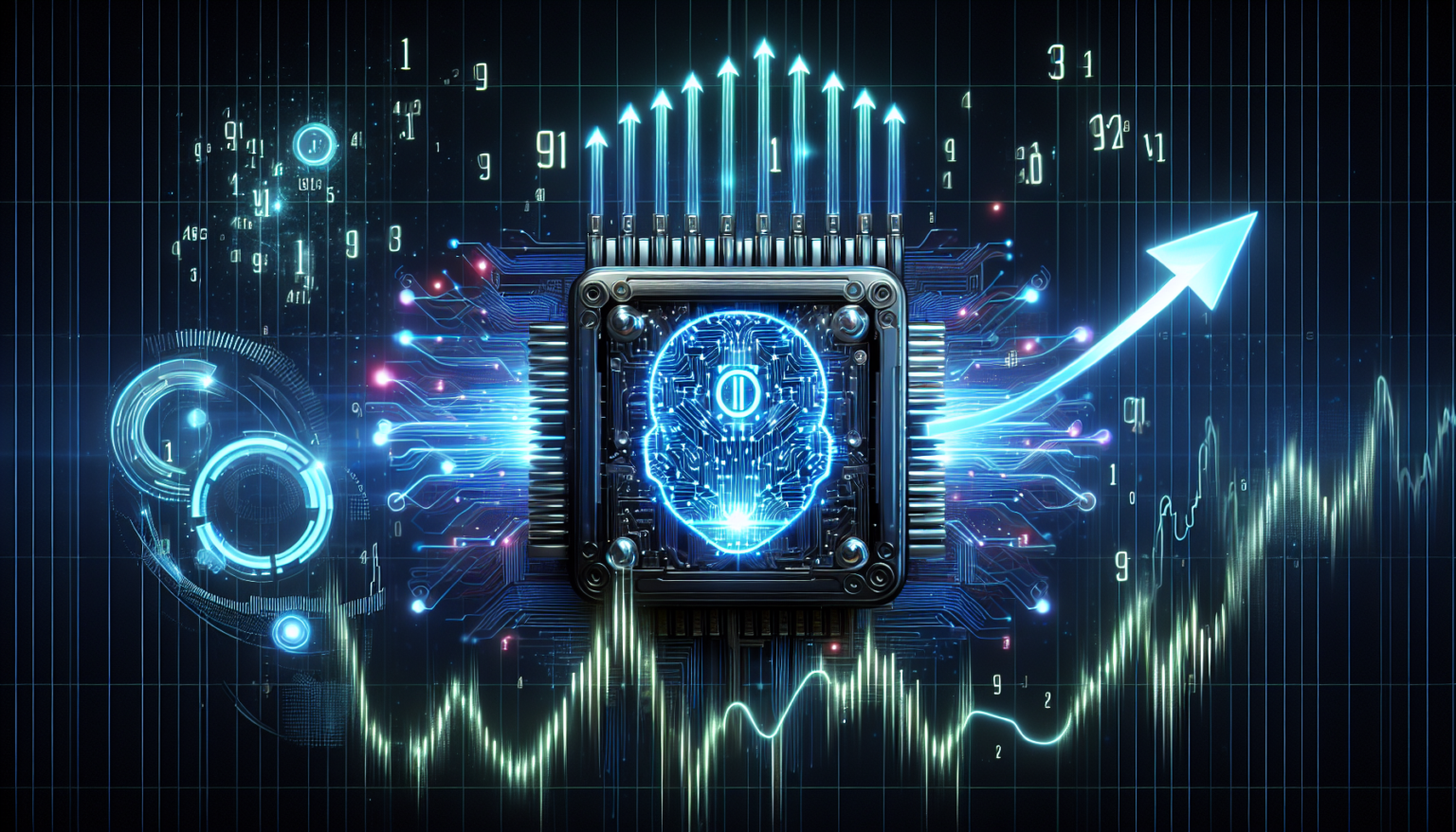Understanding High-Frequency Trading
What is High-Frequency Trading?
High-frequency trading (HFT) is a form of algorithmic trading characterized by the rapid execution of orders. HFT firms use powerful computers and sophisticated algorithms to execute thousands of trades within fractions of a second. This trading strategy often capitalizes on small price discrepancies that may exist in various markets, making it both lucrative and competitive.
The Mechanics of HFT
High-frequency traders leverage complex algorithms to analyze multiple market conditions in real time. This typically involves parsing vast quantities of data, including stock prices, economic indicators, and news articles, to make split-second trading decisions. Because every millisecond counts, HFT firms often invest in cutting-edge technology and low-latency networks to get their orders executed faster than competitors.
Types of HFT Strategies
Several strategies fall under the umbrella of high-frequency trading. Some of the most prominent include:
Market Making
Market makers provide liquidity to the markets by placing buy and sell orders. They profit from the spread between the bid and ask prices and rely heavily on HFT to keep transactions efficient and profitable.
Arbitrage
Arbitrage trading involves exploiting price differences of the same asset across different markets. High-frequency traders use algorithms to identify and quickly act on these discrepancies, ensuring that they can lock in profits before the market corrects itself.
Trend Following
Some HFT strategies utilize trend-following algorithms that capitalize on short-term trends in price movements. By analyzing historical data and identifying bullish and bearish signals, these algorithms can execute trades that align with prevailing market trends.
The Role of Artificial Intelligence in HFT
AI-Powered Algorithms
Artificial intelligence has transformed various sectors, and HFT is no exception. Instead of relying solely on pre-programmed rules, AI-based algorithms can learn and adapt based on new information. This enables traders to make better-informed decisions in a fast-evolving environment.
Data Analysis Capabilities
The cornerstone of successful trading is data analysis. AI excels in processing vast amounts of data and can quickly identify patterns that human traders might miss. Machine learning algorithms, for instance, can analyze historical price movements alongside pertinent news data, thus producing actionable trading signals in real time.
Sentiment Analysis
AI can also gauge market sentiment by analyzing news articles, social media, and other textual data. By understanding the public sentiment surrounding a particular stock or sector, AI-powered trading systems can adjust their strategies accordingly, positioning themselves favorably in the market.
Risk Management
Risk management is critical for HFT firms. AI technologies can assess risks associated with particular trades in real-time. This includes evaluating volatility, market liquidity, and potential market shocks. An adaptive risk-management framework can help traders avoid pitfalls and make more informed choices.
Advantages of Combining AI and HFT
Speed and Efficiency
One of the most significant advantages of integrating AI with high-frequency trading is speed. Algorithms powered by AI can parse and process data quickly, allowing HFT firms to execute trades faster than their competitors. This speed can translate into enhanced profit margins since being first to act on market information can be immensely valuable.
Improved Decision-Making
AI aids in the decision-making process by providing insights derived from extensive data analysis. A well-designed AI system can identify profitable trading strategies based on its historical performance and adapt them based on real-time market data. This adaptability helps traders stay ahead of the curve.
Reduced Human Error
In the world of high-frequency trading, even a small error in judgment can lead to significant financial losses. AI systems can minimize human error by executing trades based on pre-defined parameters and algorithms, thus reducing the risk associated with human emotions and biases.
Enhanced Predictive Capabilities
AI technologies can employ predictive modeling techniques that use historical data to forecast future price movements. By analyzing trends and patterns, AI algorithms can provide traders with insights into potential market movements, thereby improving the odds in their favor.
Challenges in the AI-HFT Landscape
Overfitting
One of the significant challenges when implementing AI in HFT is overfitting. This occurs when a model is too closely fitted to historical data, leading to poor performance when applied to real-world scenarios. Striking the right balance between complexity and generalizability is crucial for success.
Market Volatility
Market conditions can change rapidly, presenting additional challenges for AI-driven trading models. While AI algorithms are designed to adapt to new data, sudden market shifts, such as those triggered by geopolitical events or economic announcements, can disrupt even the most sophisticated trading strategies.
Ethical Concerns
The rise of AI in HFT raises ethical questions, particularly regarding market manipulation. Concerns persist that some AI algorithms could engage in practices that distort markets, leading to unfair advantages or exacerbation of market inefficiencies. As regulators catch up to these technologies, firms need to be cautious and compliant with industry standards.
Future Trends in AI and High-Frequency Trading
Increased Adoption of Machine Learning
As machine learning techniques continue to evolve, more HFT firms are likely to adopt these technologies to refine their trading strategies. Enhanced algorithms will be able to learn from past experiences, improving trade execution and profitability over time.
Collaboration between AI Experts and Traders
The successful integration of AI in HFT will require collaboration between data scientists and traditional traders. Combining insights from both domains can lead to more robust trading strategies that capitalize on the strengths of algorithms and human intuition.
Regulatory Developments
As the complexity of AI-driven trading increases, regulatory bodies are likely to impose stricter guidelines. Compliance with these regulations will become essential for HFT firms, and they will need to adapt their strategies accordingly to maintain their competitive edge.
Focus on Transparency
A growing emphasis on transparency in trading practices may lead to the development of more straightforward AI algorithms. By making it easier for regulators and market participants to understand how decisions are made, firms can gain trust while reducing the potential for manipulation.
In the world of finance, AI and high-frequency trading are increasingly intertwined. Their collaboration promises to reshape market dynamics, enhance trading efficiency, and create new opportunities for investors. However, the path ahead is not without risks, challenges, and the need for ethical considerations. Balancing innovation with responsibility will be vital as this powerful combination continues to evolve.








